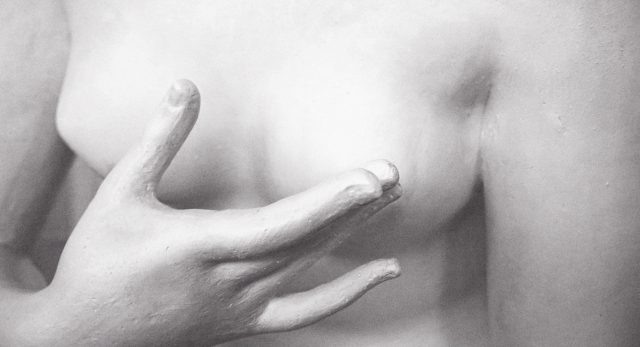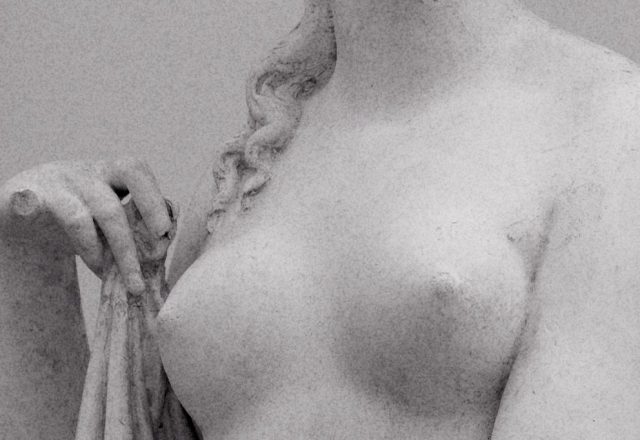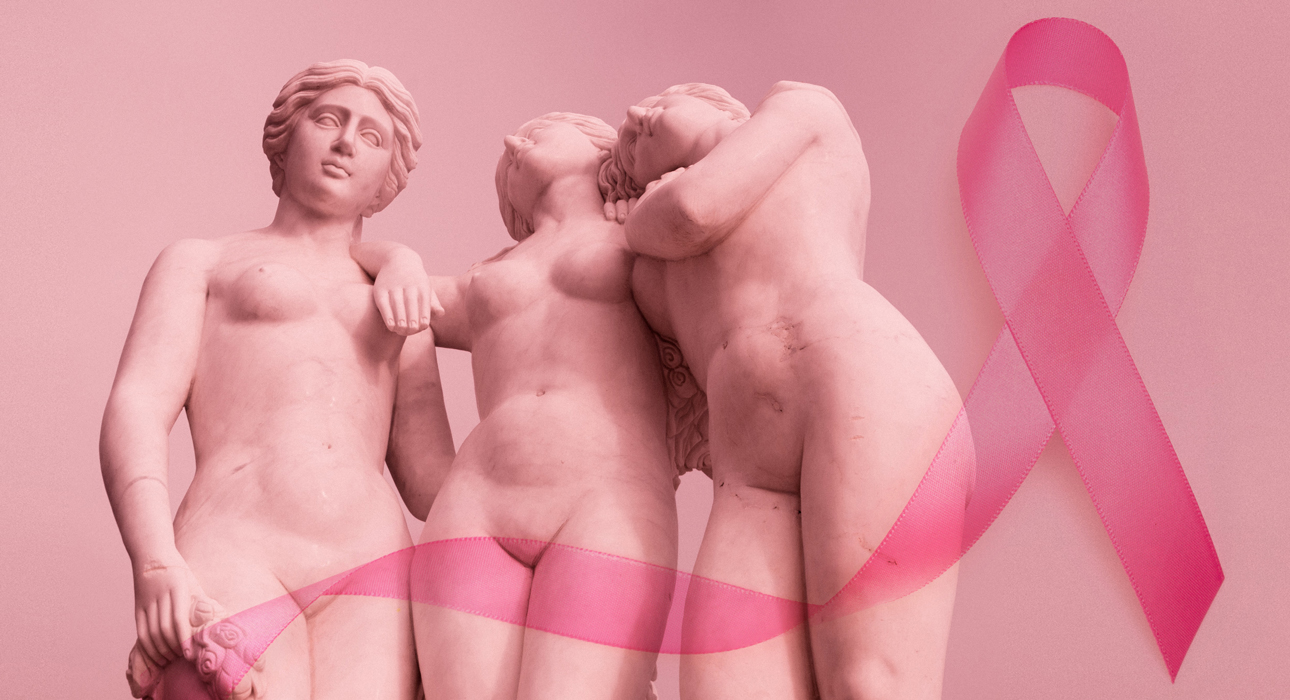
Every year, October 15th is World Breast Cancer Day. It is now one of the most common cancers among women, but regular diagnosis helps it diagnose and prevent it at an early stage. The purpose of this activity – to draw our attention to the problem and improve knowledge about the disease. Therefore, we have collected the most common myths about breast cancer, which will be interpreted by an oncologist, an oncologist, to help women with cancer.

Tatyana Chichkanova
Underwire bras can cause breast cancer
Rumors about “dangerous” bras allegedly causing breast cancer surfaced in the mid-90s. Since then, a number of studies have not confirmed such a link. You can choose the model you want with or without bones. There is no scientific evidence that wearing a bra can lead to the development of breast cancer.
Cancer risk is higher in girls with large breasts
Size does not affect the risk of developing breast cancer. It can only be noted that the smaller the breast, the easier it is to detect something wrong on self-examination. And in the presence of excess weight, the probability of getting the disease really increases – this is one of the risk factors.
Annual mammography enables early detection of cancer
Women over the age of 40 are advised to have an x-ray mammogram annually, and if high breast density persists, the x-ray examination will need to be supplemented with ultrasound. When scanning, additional work is done in some cases. Also, do not forget about self-examination – with unusual sensations, changes in the skin, the shape of the breast, the presence of seals, you do not need to wait for a planned mammogram.
Topless tan can cause breast cancer

Sunbathing in general is not healthy – there are no doses of UV radiation that would be considered safe for skin health. But by not wearing a swimsuit, you increase your risk of developing skin cancer, not breast cancer.
Breast cancer always looks like a lump
Although the tumor is small, it is almost impossible to detect it. That is why it is so important to undergo an examination every year using devices that can “see” a small neoplasm. In addition to seals, other things to consider when performing a self-exam:
– breast asymmetry, shape change;
– retraction and change in the shape of the nipples;
– crusts on the nipples;
– discharge from the chest (except during pregnancy and feeding), especially bloody;
– swelling;
– swelling of the veins.
Breast cancer is a genetic problem, if it’s not in relatives, it won’t happen to me.
More than 90% of women diagnosed with breast cancer had no family history of the disease. But having close relatives with breast cancer is indeed a risk factor. This does not mean that a woman will definitely get sick. Especially if knowing the increased risk helps her be more mindful and take care of her breast health.
Silicone implants can cause breast cancer

The most important thing to know about implants is that they can be difficult to view during exams, especially mammograms. Therefore, in this case, the most appropriate early diagnosis method in the presence of an implant is MRI. The implant itself does not specifically cause breast cancer.
During breast cancer treatment, the breast must be removed.
Mastectomy, that is, removal of the breast, is not performed in every case. There are different types of treatment, including organ-sparing surgery. The decision is made depending on the type of cancer, the stage of the disease, and other factors. If breast cancer is detected at an early stage, the probability of gland preservation and full recovery is over 96%.
Antiperspirants increase breast cancer risk
Neither antiperspirants nor underarm shaving have been associated with breast cancer or its location. Some substances found in deodorants can penetrate the skin, but studies have not confirmed that they can affect cell mutations.
A mammogram is exposed to so much radiation that it can cause breast cancer on its own.
X-ray mammography is the gold standard for breast cancer diagnosis. For women under 40, it is less informative due to the high density of the mammary glands. Mammography is the most effective method when adipose tissue begins to predominate in older ages. The duration of exposure to radiation during the examination is only a few seconds, the procedure is not dangerous, the dose load on modern devices is minimal and, of course, does not cause cancer.
Source: People Talk
Mary Crossley is an author at “The Fashion Vibes”. She is a seasoned journalist who is dedicated to delivering the latest news to her readers. With a keen sense of what’s important, Mary covers a wide range of topics, from politics to lifestyle and everything in between.





